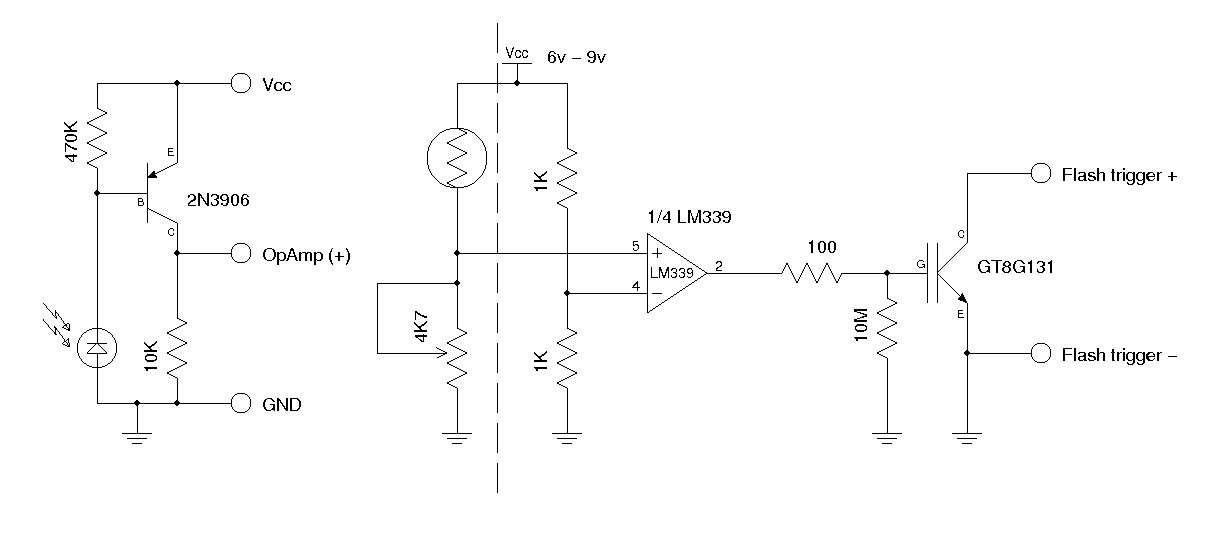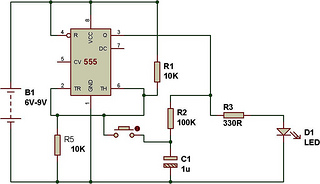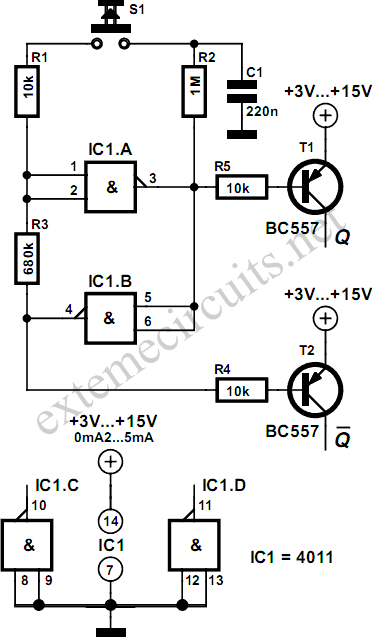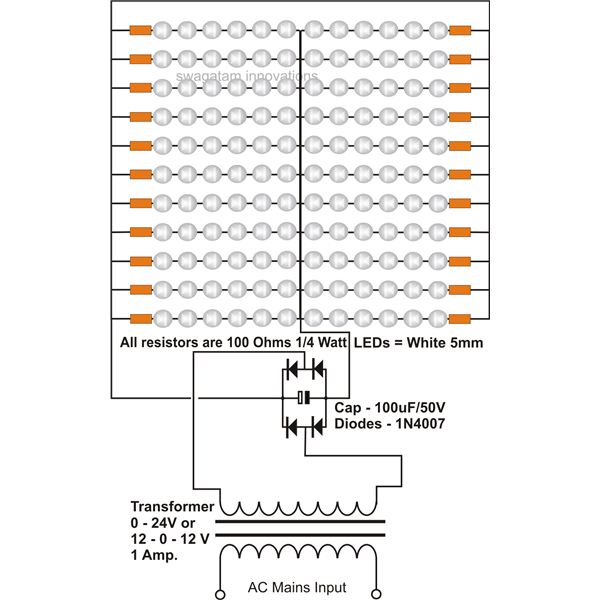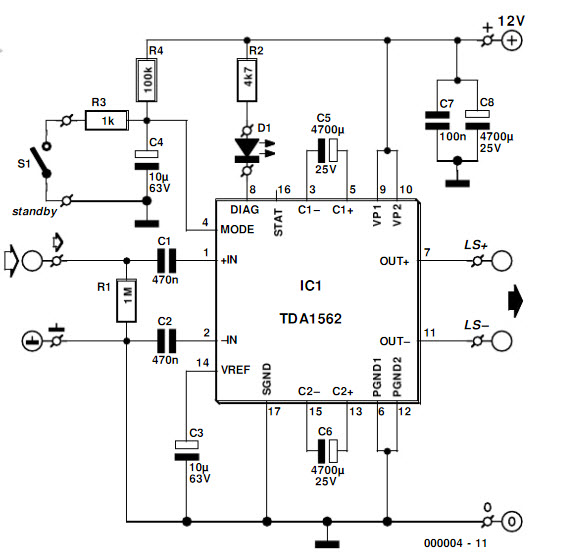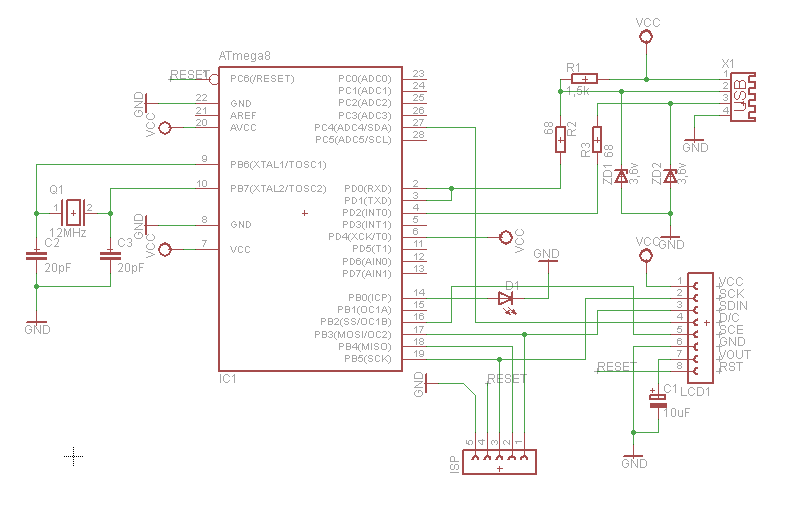
Using the MAX4929E for HDMI/DVI Low-Frequency Switching
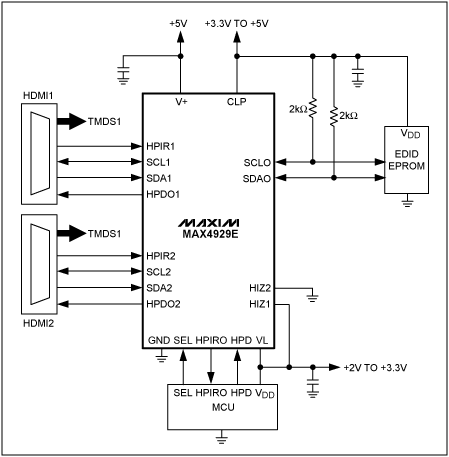
This application note outlines the functionality of the MAX4929E, which manages the switching of all low-frequency signals (LoF) required for a 2:1 HDMI/DVI switch while providing high-level ESD protection for all external lines. It also details how the MAX4929E interfaces with an EDID EPROM, accepting 5V signal levels at the input and clamping the output to 3.3V to comply with the EDID specifications. Furthermore, the device eliminates the capacitance of one of the lines, ensuring that the DDC output has only one set of DDC connections active at any given time.
The MAX4929E is a specialized integrated circuit designed for seamless switching in HDMI and DVI applications. It is crucial for maintaining signal integrity while protecting sensitive components from electrostatic discharge (ESD). The device operates by routing low-frequency signals, which are essential for the proper functioning of HDMI/DVI communication, through its internal switching mechanism. This ensures that the selected input source is efficiently connected to the output without degradation of signal quality.
The ESD protection feature of the MAX4929E is particularly important in environments where external connections may be exposed to static electricity or other transient voltage spikes. By incorporating high-level ESD protection, the device safeguards the HDMI/DVI interface from potential damage, thus enhancing the reliability and longevity of the overall system.
In terms of interfacing, the MAX4929E is designed to work with an EDID EPROM. It accepts a 5V input signal, which is a common voltage level in digital communication, and provides a clamped output of 3.3V. This output voltage level aligns with the requirements of the EDID standard, ensuring compatibility with various display devices. The clamping function is vital as it prevents higher voltage levels from damaging the EDID circuitry.
Additionally, the MAX4929E addresses the issue of capacitance in the DDC (Display Data Channel) lines. By removing the capacitance from one of the lines, the device ensures that only one set of DDC connections is active at a time. This feature is essential for maintaining clear communication between the source and display, preventing signal interference and ensuring accurate data transfer.
Overall, the MAX4929E serves as a robust solution for HDMI/DVI switching applications, combining efficient signal management with essential protection features to enhance system performance and reliability.This application notes describes how the MAX4929E takes care of switching all low frequency signals (LoF) needed for a 2:1 HDMI/DVI switch while adding high level ESD protection to all outside lines, and how MAX4929E mates with an EDID EPROM, accepting 5V signal levels at the input and clamping the output to 3.3 V to match the EDID. In addition it removes the capacitance of one of the lines, so the DDC output only has one set of DDC connections at a time..
🔗 External reference
The MAX4929E is a specialized integrated circuit designed for seamless switching in HDMI and DVI applications. It is crucial for maintaining signal integrity while protecting sensitive components from electrostatic discharge (ESD). The device operates by routing low-frequency signals, which are essential for the proper functioning of HDMI/DVI communication, through its internal switching mechanism. This ensures that the selected input source is efficiently connected to the output without degradation of signal quality.
The ESD protection feature of the MAX4929E is particularly important in environments where external connections may be exposed to static electricity or other transient voltage spikes. By incorporating high-level ESD protection, the device safeguards the HDMI/DVI interface from potential damage, thus enhancing the reliability and longevity of the overall system.
In terms of interfacing, the MAX4929E is designed to work with an EDID EPROM. It accepts a 5V input signal, which is a common voltage level in digital communication, and provides a clamped output of 3.3V. This output voltage level aligns with the requirements of the EDID standard, ensuring compatibility with various display devices. The clamping function is vital as it prevents higher voltage levels from damaging the EDID circuitry.
Additionally, the MAX4929E addresses the issue of capacitance in the DDC (Display Data Channel) lines. By removing the capacitance from one of the lines, the device ensures that only one set of DDC connections is active at a time. This feature is essential for maintaining clear communication between the source and display, preventing signal interference and ensuring accurate data transfer.
Overall, the MAX4929E serves as a robust solution for HDMI/DVI switching applications, combining efficient signal management with essential protection features to enhance system performance and reliability.This application notes describes how the MAX4929E takes care of switching all low frequency signals (LoF) needed for a 2:1 HDMI/DVI switch while adding high level ESD protection to all outside lines, and how MAX4929E mates with an EDID EPROM, accepting 5V signal levels at the input and clamping the output to 3.3 V to match the EDID. In addition it removes the capacitance of one of the lines, so the DDC output only has one set of DDC connections at a time..
🔗 External reference
Warning: include(partials/cookie-banner.php): Failed to open stream: Permission denied in /var/www/html/nextgr/view-circuit.php on line 713
Warning: include(): Failed opening 'partials/cookie-banner.php' for inclusion (include_path='.:/usr/share/php') in /var/www/html/nextgr/view-circuit.php on line 713
